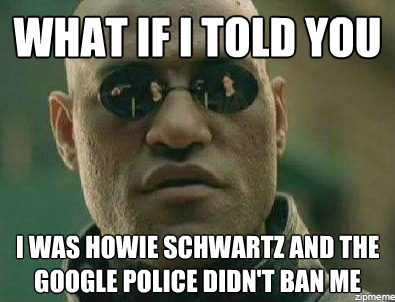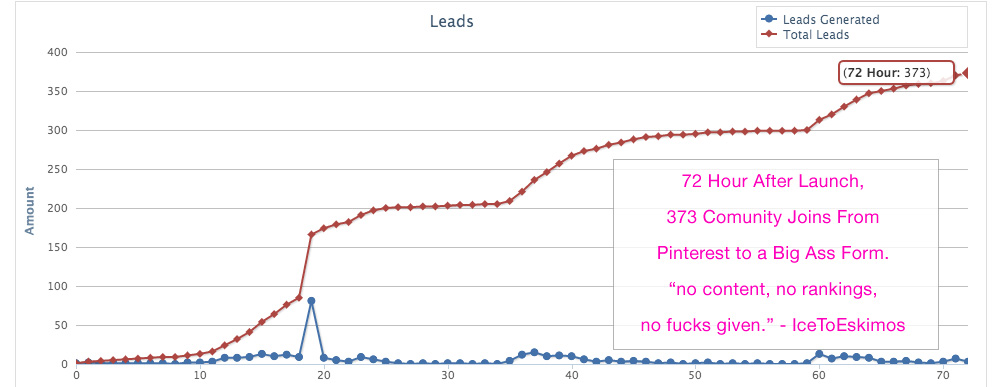- Joined
- Sep 15, 2014
- Messages
- 4,403
- Likes
- 8,973
- Degree
- 8

Coordinating your Marketing
Coordinating your marketing is both strategic and tactical.
Your website is the face of your brand, but like a pretty face, if you don't talk then people can't hear you. So your blog service as the voice of your brand. I go into details about the true purpose of a company blog below. The primary communication channel of your website is going to be your email database. Having an overall customer database is crucial for a business, but we are online, so emailing your database allows for quick and cheap communications to your whole base. I go into details about this in the permission based marketing section below.
The reason your social media is secondary to email is because you don't control the platform itself. If you get banned or removed from Facebook, Twitter, Linkedin, or any other platform you are essentially removed from your audience. But you can't get removed from owning the email address of your audience members, that's why your social media should at some level try to funnel your audience to signing up for a newsletter, or giving you basic contact information like a phone number (phone sales), address (offline marketing and geo-targeting), and any other details which can help you segment and sell to your audience.
Now if you are not smart you might do something stupid like setup Mailchimp and have your complete list being controlled by a 3rd party, and never get a backup just in case Mailchimp goes out of business or decides they don't like you. YOU need to control your communication channels. I'm not saying don't be on social media, but funnel social media to your blog - your company' voice, and your newsletter. I prefer using Mailchimp's Mandrill for sending out emails and I control my whole database myself, that way if someone cuts me off, I ALWAYS have a database of my customers on-hand.
Highlights:
- Your website is the face of your brand.
- Your blog is the voice of your brand.
- Your email newsletter is the PRIMARY communication channel to your audience.
- Your social media presence is the SECONDARY communication channel to your audience.
- App Installs where you can send communication is a new wave, but still a secondary level, since you still have to go through Apple or Google. (This tactic was discussed in the Traffic Leaking portion of this Crash Course)
Through out this guide we deal with the website part as well as the social media part (Social Supremacy Day), so here we are going to deal with the blog and the email aspects, and round out coordinating your efforts.













 @MercenaryCarter
@MercenaryCarter